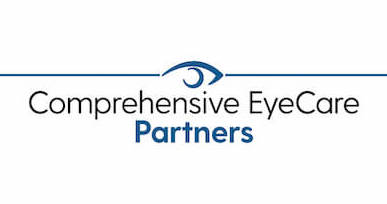
With how popular screens have become in modern society, you’ve heard that too much screen time is bad for your health. It’s true that spending most of your day staring at a screen can negatively affect your health, especially your eyes.
But since so many people rely on screens not only for entertainment but for work, it’s unrealistic to stop using screens altogether. Luckily, you don’t have to stop using screens to be healthy, but taking regular breaks is important.
Keep reading to find out why it’s a good idea to take a break from the screens!
Eye Strain and Headaches
Have you heard of Computer Vision Syndrome? One of the most common symptoms of Computer Vision Syndrome is eye strain and headaches.
These are related, as straining your eyes can cause tension headaches. It can also cause fatigue.
These symptoms feed into themselves. The more tired you are, the more you have to strain your eyes to look at a screen and the more fatigued you become.
This is a common issue for people who work on a computer in an office environment. It’s also often compounded by poor lighting wherever you work.
If most of your light is coming from your screen, you’re more likely to get CVS. One way to counter this is to have adequate lighting. Having enough lighting allows you to turn down the brightness of your computer.
Dry Eye
Another symptom of CVS is dry eye. Dry eye can be a chronic condition that some people, especially women, are predisposed to.
Dry eye can make your eyes feel irritated and gritty. With dry eye, it makes it more difficult to see when you look at bright lights.
When you have dry eyes, it makes other symptoms of CVS even worse. If you develop dry eye, there are treatment options available.
These include noninvasive options like artificial tears and nutritional supplements. But you can also prevent dry eye by remembering to blink more.
This is especially important when you’re spending time looking at a screen. But the most effective counter to CVS is in taking regular breaks.
How Often Should You Take Breaks?
Ideally, you shouldn’t be spending all your time looking at a screen. If you use a computer at work, try to reduce the amount of leisure time you spend looking at your phone or TV.
You may also be able to turn your phone into a mode that uses warmer light rather than blue light. This can also help.
But if you’re looking at a computer screen all day, there’s still a way to give your eyes a rest by taking very small breaks. You can do this by following the 20-20-20 rule.
This rule states that when you’re using a screen, stop every twenty minutes. After stopping, focus on an object twenty feet away for twenty seconds. Then, you can go back to your screen.
When paired with proper lighting and frequent blinking, you can reduce the symptoms of CVS or even prevent it altogether. Concerned that you spend too much time in front of the computer or looking at screens?
Schedule an appointment at Shepherd Eye Center in Henderson, NV to discuss Computer Vision Syndrome and how you can help your eyes!


